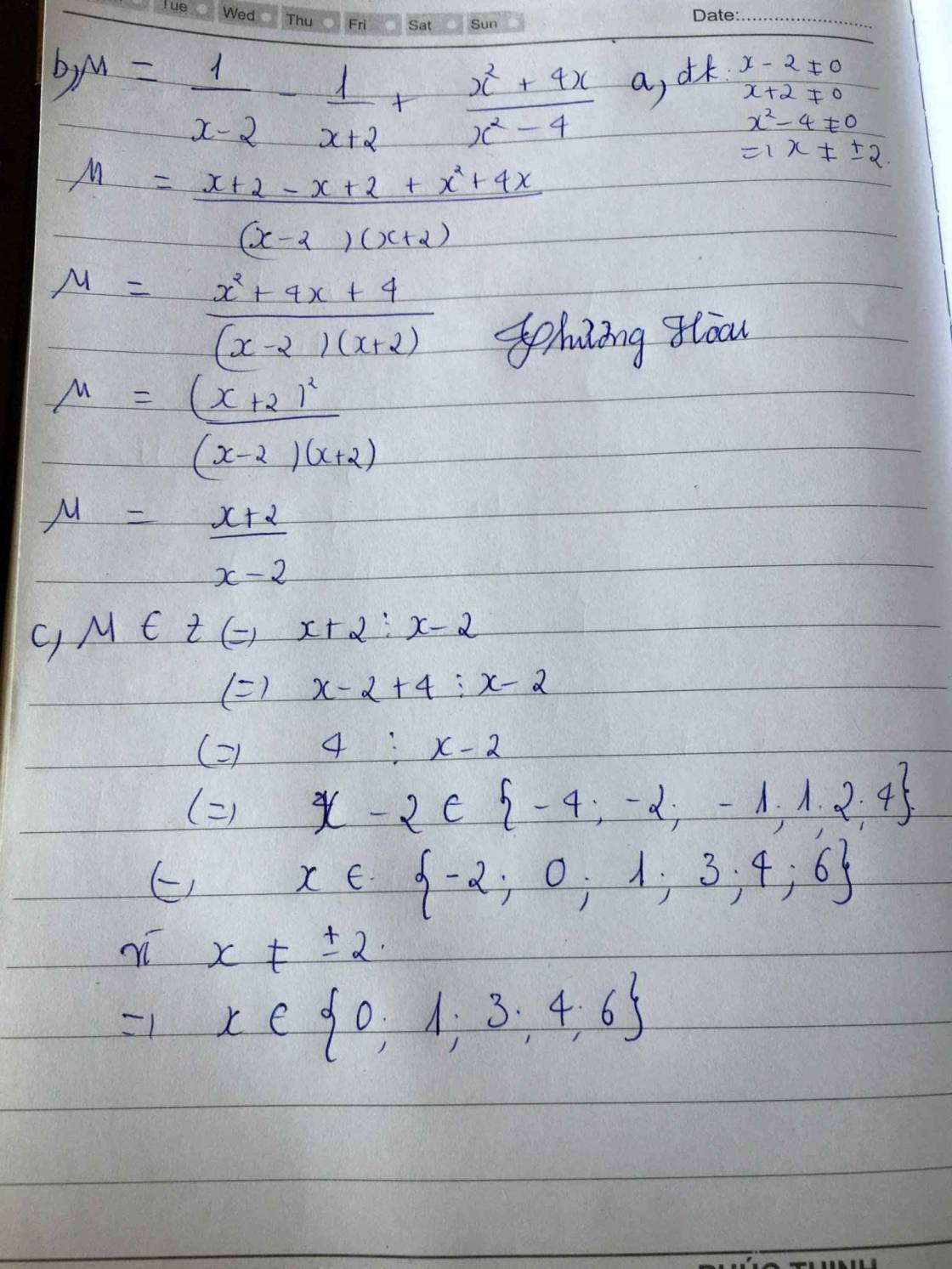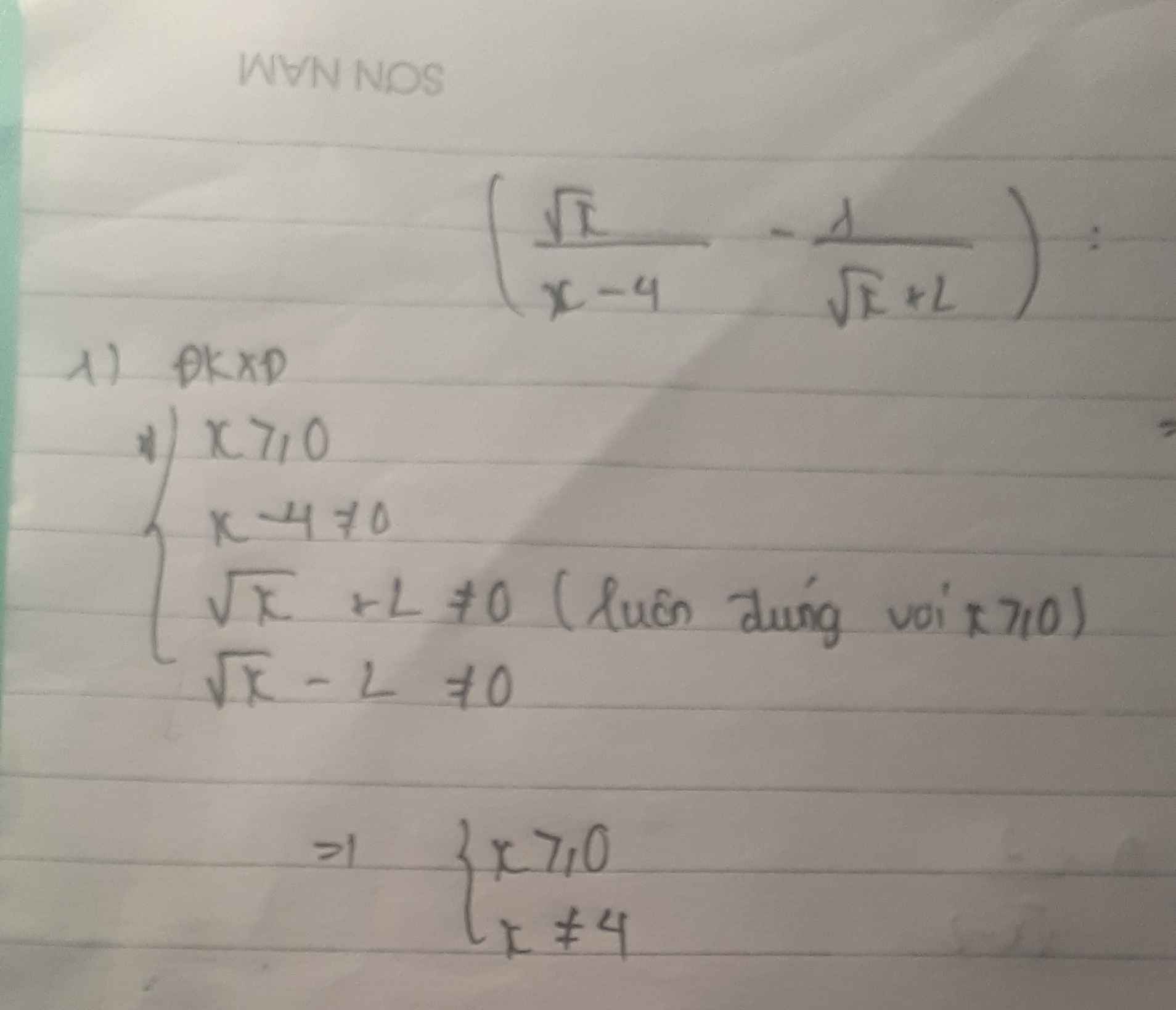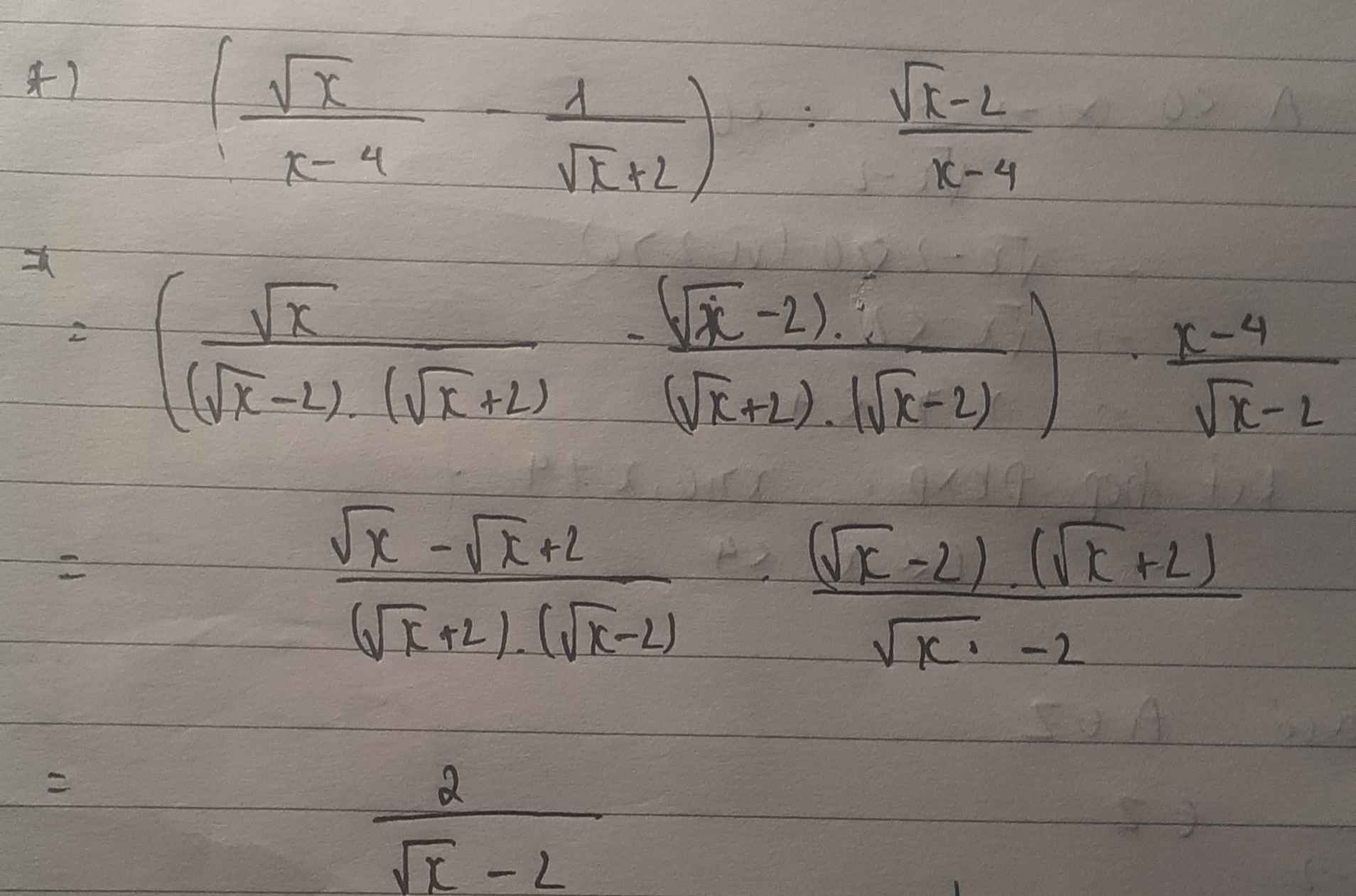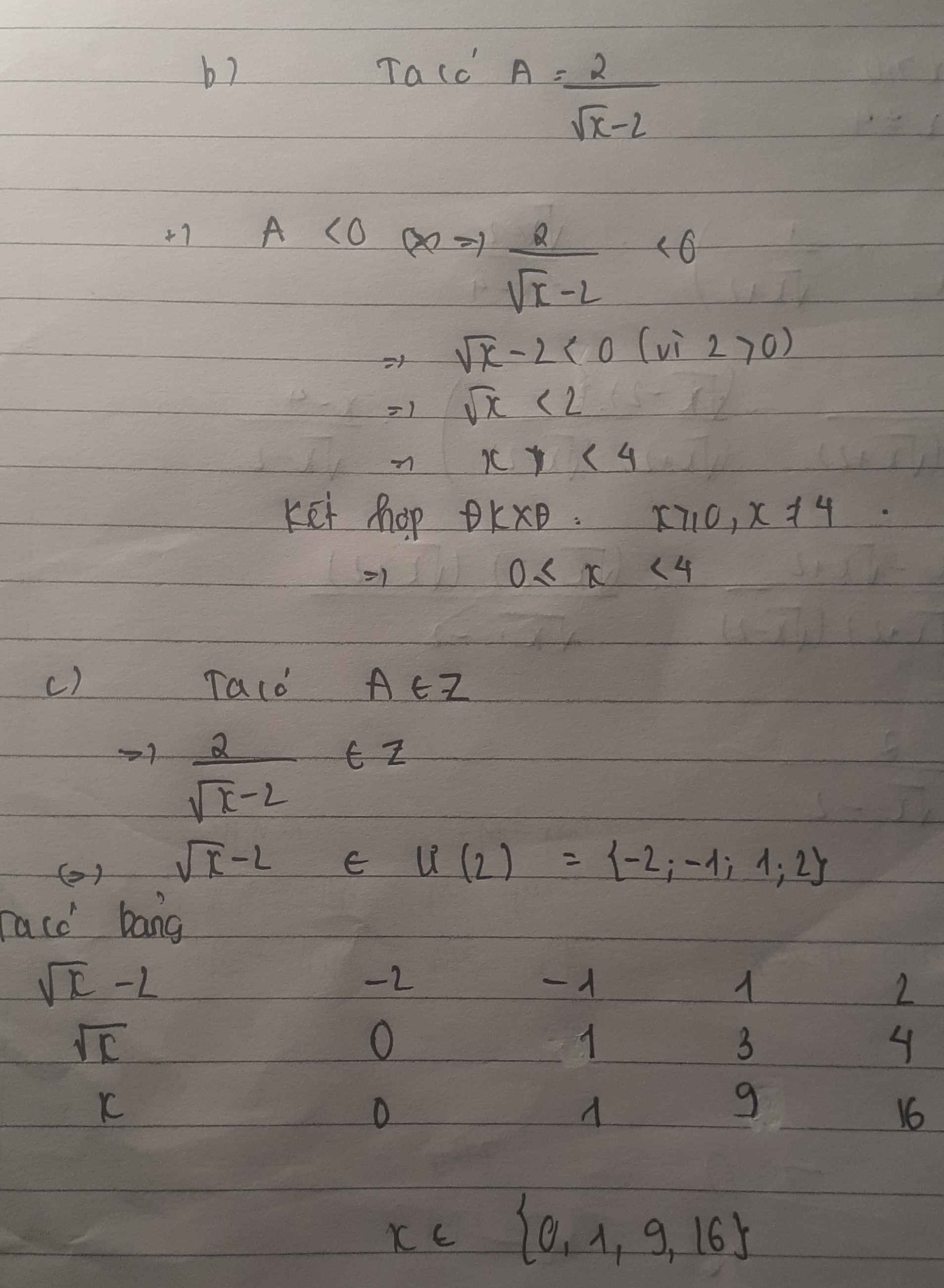a) Tìm các giá trị nguyên của \(x\) để biểu thức M=\(\dfrac{8x+1}{4x-1}\)nhận giá trị nguyên
b) Tìm giá trị nguyên của biến \(x\) để biểu thức \(A=\dfrac{5}{4-x}\)có giá trị lớn nhất
c) Tìm giá trị nguyên của biến \(x\) để biểu thức \(B=\dfrac{8-x}{x-3}\)có giá trị nhỏ nhất
(Hơi khó mọi người giúp mình với ạ)
























